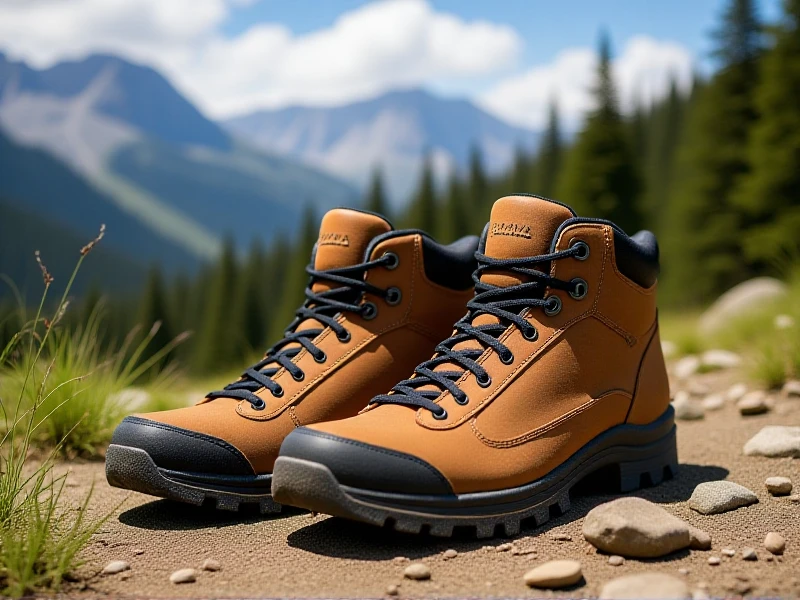The Ultimate Guide to Choosing Your Perfect Pair of Hiking Shoes

Finding the ideal hiking shoes is crucial for comfort, safety, and enjoyment on the trail. Your feet carry you over miles of varied terrain, and the right hiking shoes provide the support, protection, and grip you need. Unlike everyday sneakers or boots, quality hiking shoes are engineered specifically for the demands of uneven ground, changing weather, and carrying loads.
Understanding Hiking Shoe Types: Hiking footwear typically falls into categories based on weight, support, and ankle coverage:
- Hiking Shoes (Low-Cut): Perfect for day hikes, well-maintained trails, and warm weather. They offer excellent flexibility, are lightweight, and allow the ankle more natural movement than boots.
- Hiking Boots (Mid-Cut): Offering more ankle support and protection from brush and rocks, these are versatile options for varied terrain, moderate backpacking loads, and longer days where extra support is welcomed.
- Backpacking Boots (High-Cut): Designed for carrying heavier packs over rugged multi-day trips or off-trail adventures. They provide maximum ankle stabilization and underfoot protection but are heavier and stiffer.
Key Features to Consider:
- Fit & Comfort: This is paramount! Never compromise. Get professionally fitted, considering your foot's width and arch shape. Your feet swell during hiking – ensure ample toe room. Try them on with the socks you intend to hike in. Quality hiking shoes mold slightly to your feet over time.
- Support & Stability: Look for a supportive midsole and a firm heel cup that prevents slippage. Research the shoe's torsional rigidity, especially vital for those carrying packs or hiking on uneven terrain.
- Traction: Outsoles made of sticky rubber compounds (like Vibram Megagrip) offer superior grip on rocks, roots, and wet surfaces. Aggressive lug patterns provide more bite in mud and loose dirt. Hiking shoes need dependable traction.
- Protection: The underfoot rock plate shields your feet from sharp rocks and trail debris. A durable toe bumper offers additional safety against stubs.
- Breathability & Water Handling: Fabric or mesh uppers provide breathability for comfort in warm conditions. For wet, muddy trails, look for waterproof/breathable membranes like Gore-Tex lining integrated into hiking shoes or boots. Remember, non-waterproof options often dry faster if dunked.
- Durability: Reinforced outsoles and sturdy uppers made of leather or synthetic materials ensure your investment lasts. Good quality hiking shoes should withstand months of trail use.
Caring for Your Hiking Shoes: Extend their lifespan! Brush off dirt after hikes. Clean them with mild soap and water occasionally. Apply waterproofing treatments as needed (especially for leather). Allow them to air dry naturally, never near direct heat sources.
Investing time in choosing the best hiking shoes for your adventure is the first step towards countless rewarding miles on the trail. Prioritize fit and function over appearance, and you'll conquer every path with confidence and happy feet. Your next great adventure deserves the right footwear. Choose wisely.